-
Posts
59 -
Joined
-
Last visited
Content Type
Profiles
Forums
Gallery
Events
Posts posted by Fortres
-
-
Hello, Rob !
Do you build the model still ?!
It is good. Beautiful things, as cognac - with age become better.
And I for time which passed, did here such model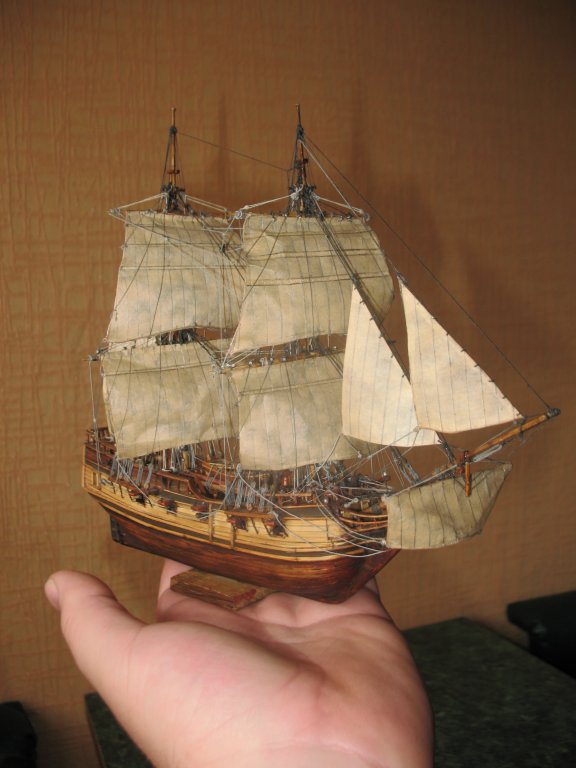
and resource http://verfnasnastole.blogspot.com/
Welcome
-
Rob, I envy and welcome your spirit of collective !
For us, wherein(private) the houses - every owner can clean part of street before the court(and can not clean)...and in city, where at home for many floors is a very rare case, when lodgers will go out to clean the court or even stairwell in an entrance !
Offensively !
And these people dream to become the European country !
Nonsense !
-
-
what are the three funnel type objects on the upper deck
I did not understand - what objects you asked about
-
- aykutansin, Piet, JerseyCity Frankie and 1 other
-
 4
4
-
Photo kindly Rob(http://modelshipworld.com/index.php?/topic/732 - hms - victory - by - rob - g - caldercraft - jotika - 1805 - version/) gave me.
A cylinder instead of bowsprit is a "technological template", for prevention of breakage of недгедсов during the reconstruction (of недгедсы were lost and transferable layouts.
Farther more the template of bowsprit was replaced by a bowsprit from a metallic pipe- Obormotov, Yugo12 and aykutansin
-
 3
3
-
In 1805 during Trafalgar, a ship had a row of substantial differences, from that is shown today.
Here sketch of Joseph Mallord William Turner(1775‑1851), that is drawn in December 1805 abovedeck ship in Portsmouth.Pay attention to :
-taken off beakhead;
- ladders on pop-deck;
- steering wheel and binnacle(naktouz);
-small cannons on rails of pop-deck;
ladder in a "admiral" hatch, going along with a starboard.
In addition, 1803 to the Starboard Side Entrance Port looked so.And on the picture of the same Joseph Mallord William Turner "Trafalgar battle" he in general is not shown.As well as on the sketches of December, 1805.
-
Hello, colleagues !
I use computer translation, on it not everything I understand.
But main understood - you discuss a question that interests me - about heaved up nasal part of midl deck before a beakhead bulkhead.
I got a photo on that evidently, that as early as 1983 there was original nasal part of deck that was covered by a heaved up a platform at a reconstruction 1922-1925 year.I am sure that a deck it was heaved up exactly then.
In 1816 on shipboard did a round nasal partition and ship began to look so.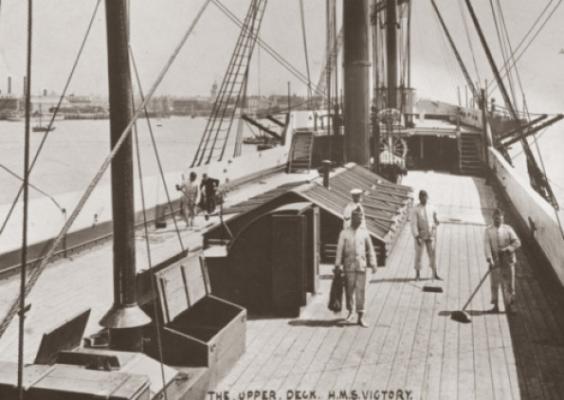
In Royal Museums Greenwich the draft of deck is kept from June, 17, 1830, where evidently, that a deck extends to the nose without getting up.
In such kind a ship was 1925 to, when did a reconstruction, used drafts from 1788 from Royal Museums Greenwich.
Then heaved(probably) up nasal part of deck, what to even her with the grate of latrine.
Konstantin. -
-
Daniel,
that you see that snow on the weather-board of sides is convolute bunks in a net for bunks covered by a tarpaulin.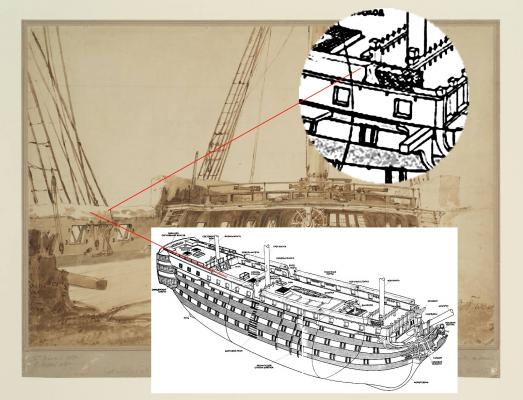
In respect of the shown picture - "Trafalgar battle", written to order of George IV in 1823 ), identical sizes with linen "Victory Lord-Hau, or Glorious Before June 1794",
Philip-Jacques de Loutherbourg( 1795).
Этапара of pictures had to become part of sequence of the battle pictures related to the Hannover dynasty of monarchs after cosmetic
repair of main halls in a palace Sent-Jayms... -
Daniel,
that you see that snow on the weather-board of sides is convolute bunks in a net for bunks covered by a tarpaulin.
In respect of the shown picture - "Trafalgar battle", written to order of George IV in 1823 ), identical sizes with linen "Victory Lord-Hau, or Glorious Before June 1794",
Philip-Jacques de Loutherbourg( 1795).
Этапара of pictures had to become part of sequence of the battle pictures related to the Hannover dynasty of monarchs after cosmetic
repair of main halls in a palace Sent-Jayms... -
I pay attention to the worthiest public that beautiful feed gallery with balconies on HMS Victory cleaned February 1800 - April 1803 at "large repair".
In Trafalgar a ship entered with a stern look like that today.
In addition, during a battle a ship looked not so as we are told today.
All internal partitions were cleaned, small cannons stood on quarterdeck(at least).
Causes a question and presence of side entrances...in any event peaks above them and doorways.Probably entrances were reconditioned in gun ports.
Finally, most exactly HMS Victory shows in Trafalgar of Mallord William Turner(1775‑1851), that sketched on shipboard in December, 1805, when a ship went to Portsmouth. -
-
Rob, I want to specify...
The photo over brought by you shows the moment of renewal of foreship...
Cylinder that we see - not exactly bowsprit, and "working" his temporal imitation.
In this place a bowsprit passes between knighthead.Interval under a bowsprit between knighthead mortgage details from a tree.What this construction did not break a secret during other works, of preceding to setting of bowsprit, instead of bowsprit put a cylinder equal to the bowsprit on a diameter.
And at the end of works set the real bowsprit. -
-
Firstly, there is not a fact, that the decks of Victory and Constitution are made out of the same wood.
Secondly, from that I read about modern Victory - there a command consists of tour guides and stewards, nobody scrubs a deck a pumice, and cannons are transferable layouts from a tree, that dye periodically.
To give a ship a "battle" kind it is necessary to study the photo of operating ships -
-
You, maybe, I was understood not correctly.
I am Ukrainian.".HOHOL".
My principle - I will disbelieve, while in hands I will not hold for some time.
Your message in Russian language - bully for you !
-
-
Maybe, I will let down you, Overalls, but the "real ship" was built in wood - oak.
Teak used for a reconstruction 1960...in 1970 began to use iroko.
Here that writes Ian G Brennan on
http://www.contemporarysculptor.com/hms-victory.htm
(Ian G Brennan - Sculptor to the Most Noble Order of the Garter and Most Honourable Order of the Bath; has been a professional artist, woodcarver and sculptor for thirty years...Ian has also been commissioned to produce large bas-relief carvings for Lord Nelson's 18th century Flagship HMS Victory...)
"...Since the 1930's a continual battle has been fought with the death watch beetle and renewal of the decaying oak timbers. As the Victory was mostly built of oak; these original timbers which were continually getting wet and then drying out were by then badly decayed. These decayed oak timbers were systematically having to be replaced as the scarce and expensive oak was found to be no longer suitable. Also to try and produce new oak timbers of the huge size often required would again mean having to use the inner heartwood part of the oak tree, which, it is now known to decay most readily in such conditions.
It was found that to preserve the Victory for many generations to come, timbers had urgently to be found that were both resistant to beetle attack and fungus to prevent this continual recurring problem. In the 1960s teak began to be used in the restoration work which in the 1970's was supplanted by iroko. Iroco which is a tropical hardwood is not only resistant to beetle attack and funguses but just as importantly is produced from sustainable sources from forests which are immediately replanted after felling. Teak is now used for the supporting frames (futtocks) and planking; iroko is used for the beams and mahogany used for carving the Entrance Port. These new timbers, modern insecticides and the now increased ventilation within the ships hull has now virtually eradicated these problems..." -
Rob, I underline - I do not argue with your opinion, but remain on it.
Those photos that I showed yesterday really behave to the different periods.It is possible that some of them - to the that period that on your photos.
I agree and with that blackly-white images could be painted.
Only, what I very doubt in - that in opening of port we see the building forests.On my opinion, it is a grate nevertheless.
-
Rob, do not I know - were there you in Portsmouth ?
I use the program Google Earth, that shows an earth surface on a photo from a space companion.
She allows in detail to consider the stand of Victory...even in 3D...
House that is visible in gun port, forms the facade with a ship a corner approximately in 25 degrees with a top at the stern of ship.On this basis type of facade I and I try to define gun port.
Maybe, you are right and port is located nearer to the stern.But me it seems to that the turn of edging is visible in right part of photo - it means nasal part.
The coloured photo that you showed behaves to the later reconstruction.
That photo that we discuss it is done(probably) in 1922-1925.These photos are done at this time.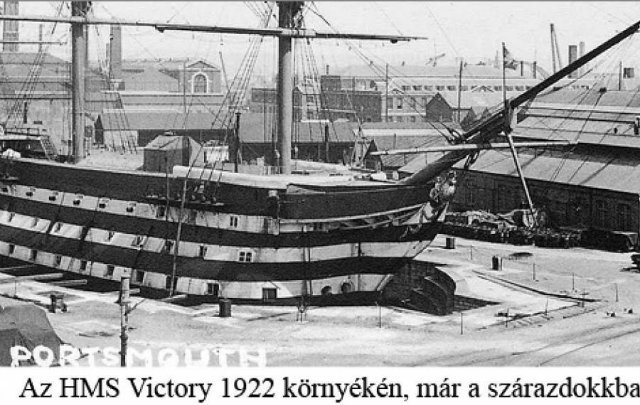
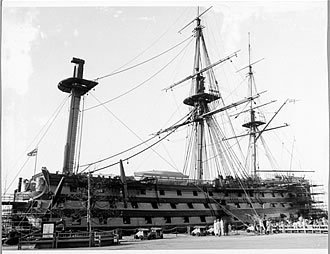
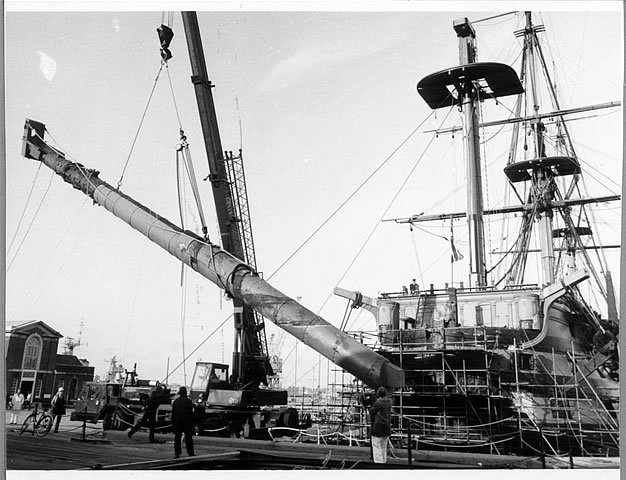
-
You, Rob, experience what I.
To see majority in our works not certain ship and construction executed for certain, and "simply sailing-vessel".
I am often asked only about one: when I to allow the models a figure on water and where I will do it - on the river or in a bathroom...
Sadly...
-
I am a pensioner from a police.
14 worked in the prison system.
If you attentively will look at your photo, then will notice that the right(on a photo) side of port(that nearer to the nose) is located almost apeak, and left of port has some inclination into a corps.
Such form one port has in this part of corps only.
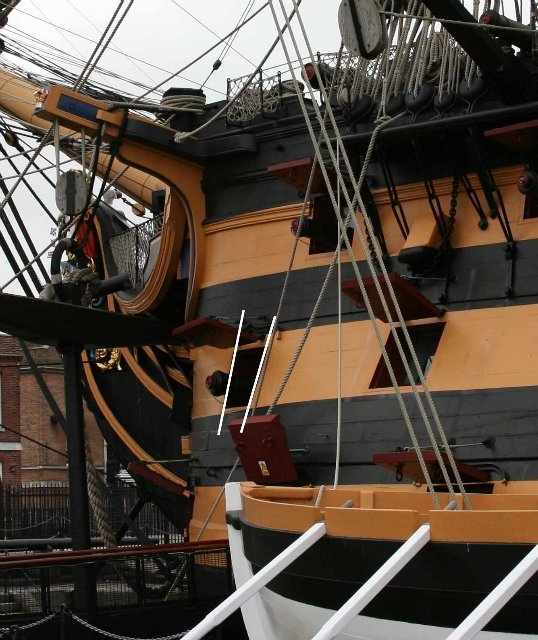
Only observation...








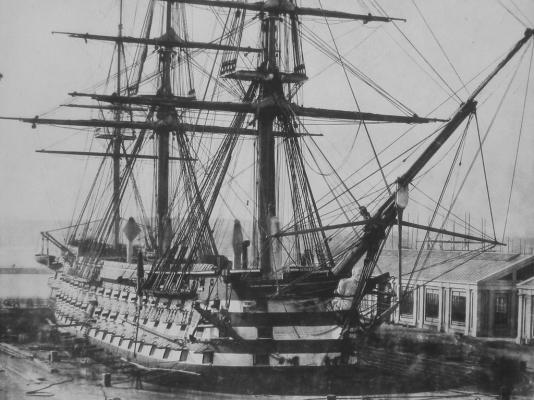

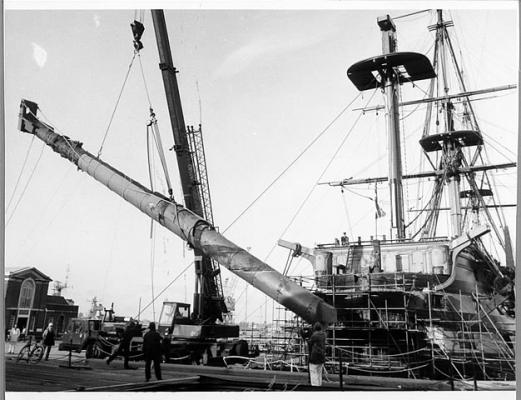
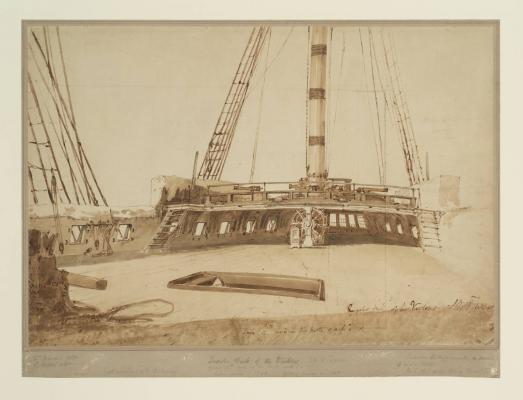
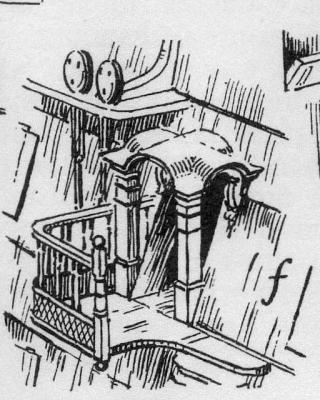

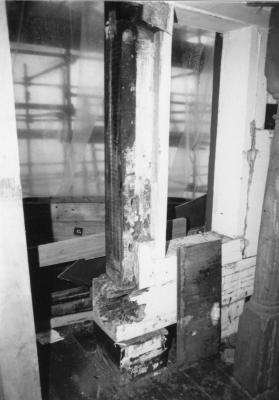
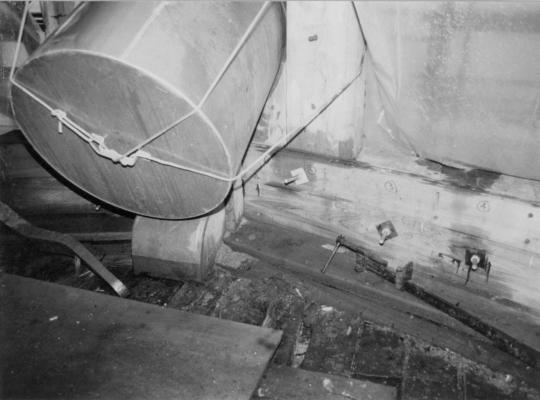
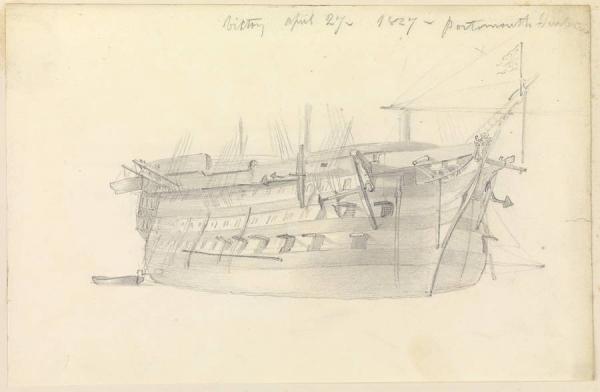
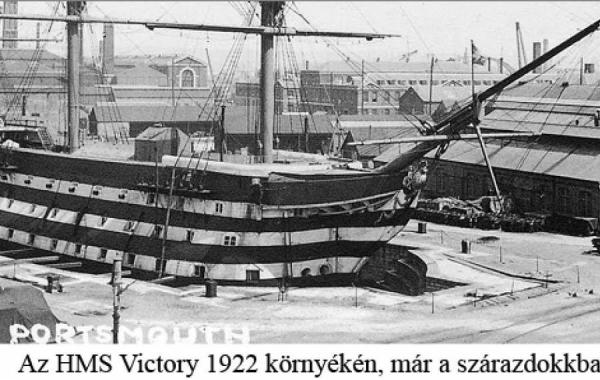

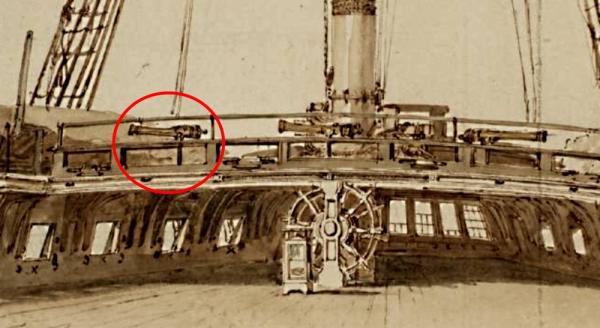
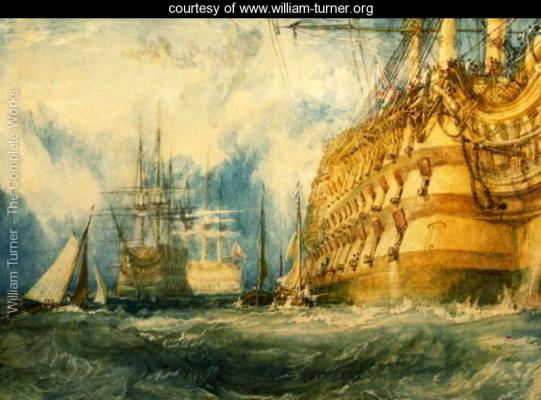
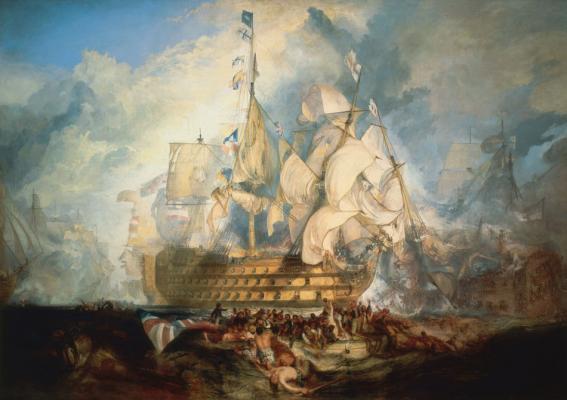
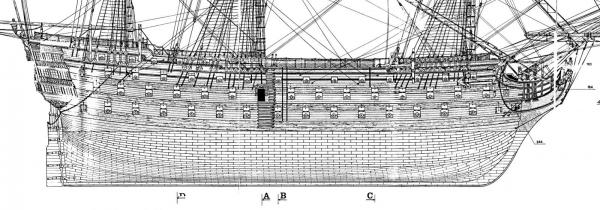
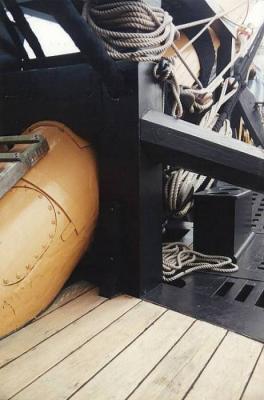
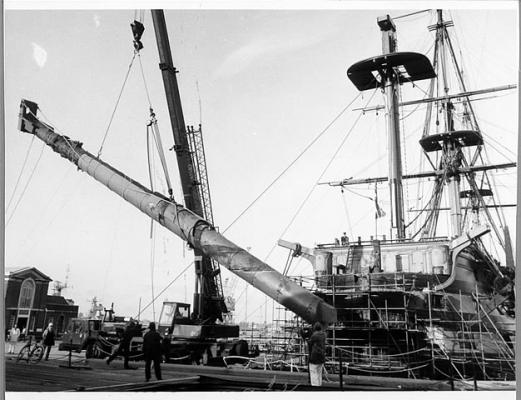
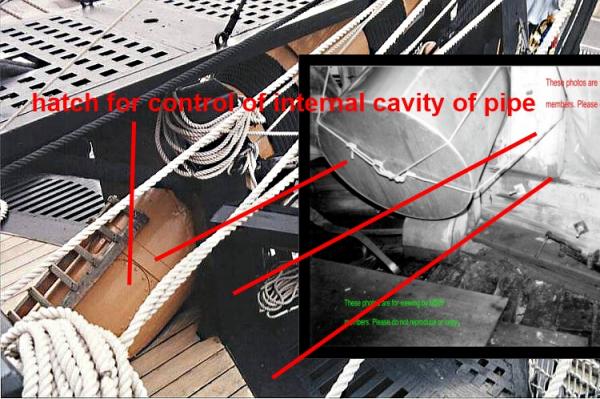
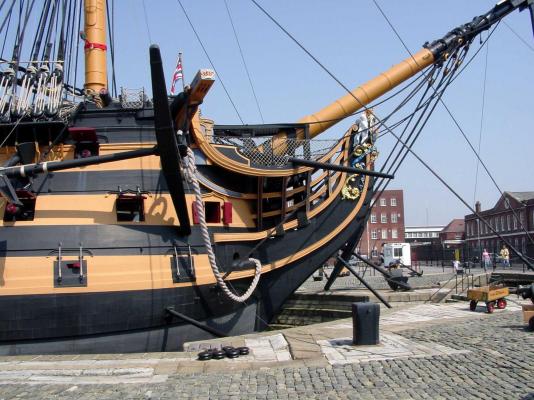
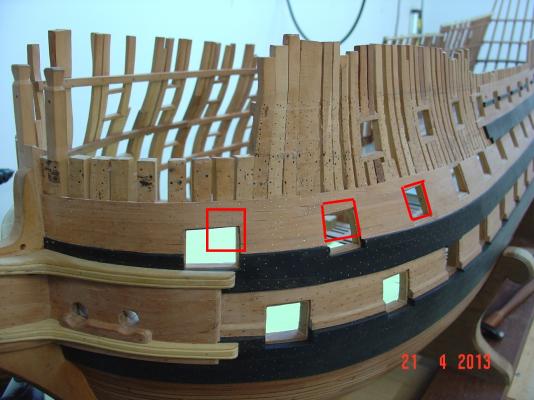

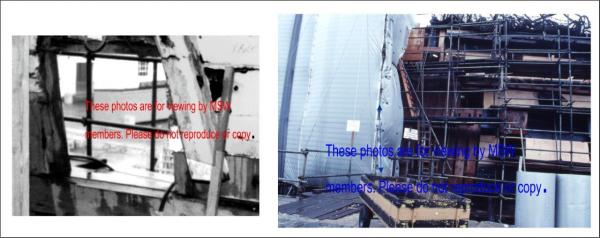
HMS Victory by guraus - scale 1:48 - plank on frame
in - Build logs for subjects built 1751 - 1800
Posted
Hello, Alexandru!
That I see is splendidly ! Accept my congratulations!